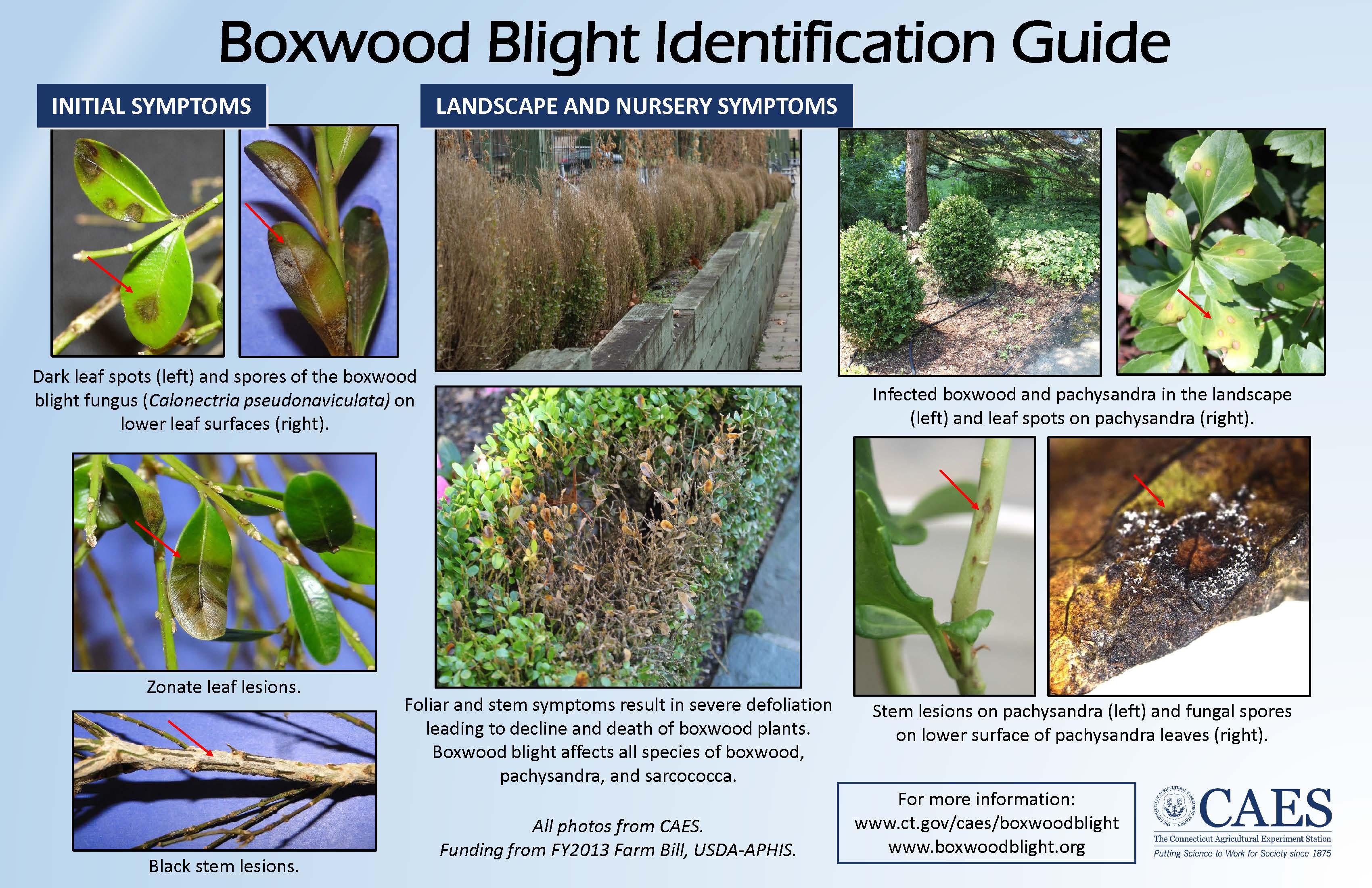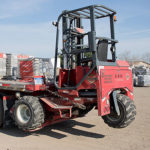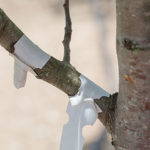When I was drafted by my father to work in our retail store back in the 70’s I knew absolutely nothing about plants, let alone the Garden Center business. I started out running the cash register and quickly learned that it was easier to remember the answers to customer’s questions than to spend time looking them up on a busy spring day. There is nothing like retail in the Garden Center business - I don't miss working those seven-day weeks! I still have the occasional nightmare of a checkout line stretched out the door and I'm running low on change.
Our retail store on Ann Arbor Road, in 1981
My dad hired a young guy by the name of Tim Joy to manage the store and I probably about killed him asking a million questions about plants and bugs and everything else. Tim was my first mentor in the nursery business and I owe a lot to his patience with me back in the day. My second mentor and friend was Mary B. Begle, who knew everything there was to know about perennial gardening, and I learned more from her than many people learn from a degree in horticulture. Mary was opinionated and funny and I looked forward to every day, except Wednesday which was her day off.
Did you have a mentor when you started in the Green Industry? There is so much that you can’t learn from a book or the internet that only a person who’s been on the job can teach you. Sure, you can sift your way through 1,000 pages of YouTube videos but who even knows if what you are finding is applicable to your situation. Having a person with real-world experience to guide you can make a gigantic difference in your success.
Being a mentor is another way to increase your success. Teaching someone benefits you in two ways; it hones your own skill while it creates a person with the ability to do a job, do it well, and do it without constant supervision. Now you’ve freed yourself up to concentrate on managing your business instead of pulling weeds. There isn’t one business person I know who couldn’t use more time in the day, am I right?
What makes a good mentor? Your mentee is going to make mistakes - your job is to help them to understand what went wrong and reinforce what went right. Micro-managing is not your goal here. Your mentee is going to learn and grow best when you give them the information they need to realize on their own the validity of your approach. You might learn something new yourself during the process, so you'll want to allow feedback.
This is a two-way relationship. A good mentee is open to learning and listening. They'll have reasons for doing things "their" way but should be able to accept your guidance without digging in and arguing when they don't have all the facts. A person who is receptive is going to be much more successful than one who thinks they know everything.
Mentoring pays big benefits to both you and your employee. If you are already doing this for someone, you’re a hero. If you’re not, what are you waiting for? Those weeds won’t pull themselves.















































